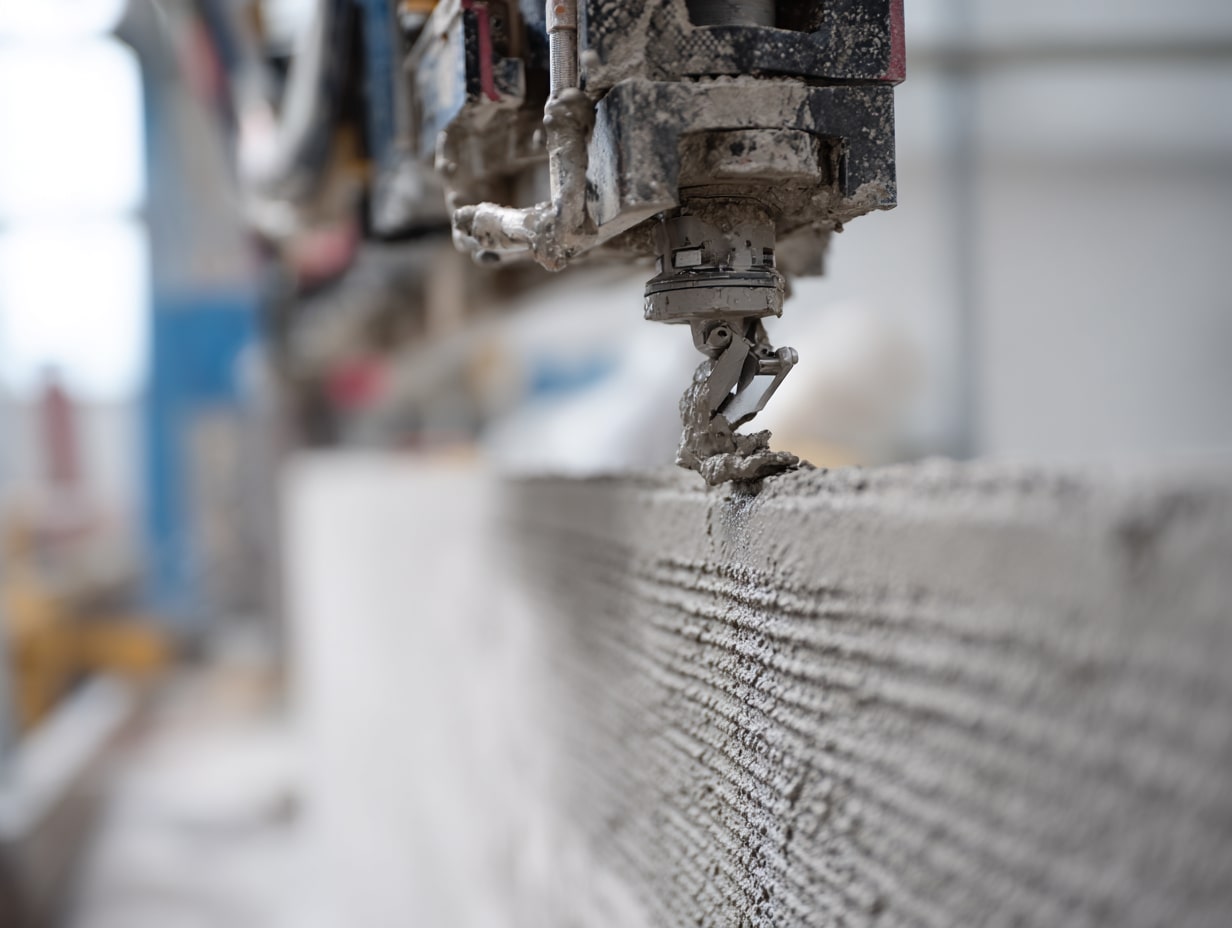- Home
- Articles
- Architectural Portfolio
- Architectral Presentation
- Inspirational Stories
- Architecture News
- Visualization
- BIM Industry
- Facade Design
- Parametric Design
- Career
- Landscape Architecture
- Construction
- Artificial Intelligence
- Sketching
- Design Softwares
- Diagrams
- Writing
- Architectural Tips
- Sustainability
- Courses
- Concept
- Technology
- History & Heritage
- Future of Architecture
- Guides & How-To
- Art & Culture
- Projects
- Interior Design
- Competitions
- Jobs
- Store
- Tools
- More
- Home
- Articles
- Architectural Portfolio
- Architectral Presentation
- Inspirational Stories
- Architecture News
- Visualization
- BIM Industry
- Facade Design
- Parametric Design
- Career
- Landscape Architecture
- Construction
- Artificial Intelligence
- Sketching
- Design Softwares
- Diagrams
- Writing
- Architectural Tips
- Sustainability
- Courses
- Concept
- Technology
- History & Heritage
- Future of Architecture
- Guides & How-To
- Art & Culture
- Projects
- Interior Design
- Competitions
- Jobs
- Store
- Tools
- More
How to Preserve the Look and Strength of Your Barn’s Original Doors

Original barn doors can last over 100 years, provided they’re properly cared for. That weathered wood and hand-forged hardware tell a story, one worth keeping.
But without regular care, those doors can start to sag, stick, or even crack. Wooden barn door adjustment and simple upkeep aren’t just about fixing problems. They help protect the door’s strength, shape, and history.
Whether your barn is working or just standing proud, its doors need the right kind of attention.
Many owners wait too long, thinking small issues will fix themselves.
They usually don’t. This post will show you how to preserve your barn’s original doors so they stay strong and look great for years to come.
Table of Contents
ToggleWhat’s Causing the Damage?
You might think barn doors fall apart just because they’re old. But it’s usually not age, it’s exposure.
Years of wind, rain, and sun wear down even the best wood. Most damage starts slowly. You don’t notice until the door sticks, leans, or starts pulling away from the frame.
The Usual Troublemakers
These are the most common reasons barn doors start to break down:
- Moisture gets in and causes the wood to swell, rot, or grow mold
- Sunlight fades the color and dries out the wood, making it crack
- Rust forms on metal parts like hinges and rollers, making the door harder to move
Shifting foundations pull the door out of alignment
It Adds Up Over Time
None of these issues happens overnight.
But left alone, they slowly take the strength out of your door. And once the structure starts to fail, even the best repairs become harder and more expensive.
That’s why knowing what’s causing the damage matters so much for barn door preservation. If your door is already sticking, sagging, or off its tracks, it might be time to adjust your wooden barn door to get it back on track. Fixing alignment problems early keeps your doors strong, safe, and working the way they should.
The Essential Barn Door Maintenance Checklist
If you want your barn doors to last, you have to take care of them.
Old wood and metal don’t hold up forever, especially with harsh weather, animals, and daily use.
But the good news? A little maintenance goes a long way.
You don’t need a team or special tools. Just regular checks and simple fixes can stop bigger, more expensive problems later on.
Step 1: Clean Off Dirt and Buildup
Your barn door faces the elements every day. Dirt and grime can wear it down faster than you think.
- Wipe the door every few weeks using a soft brush or cloth
- Clear off mud, cobwebs, bird droppings, and leaves
- Use mild soap and water if needed, but don’t soak the wood
- Never use a pressure washer. It can force water deep into the boards and cause the wood to swell or crack
Step 2: Keep Hinges and Tracks Working Smoothly
Barn doors are heavy. If the hinges or tracks stick, the door can shift, sag, or get damaged.
- Oil the hinges and rollers every 2 to 3 months
- Use a silicone-based spray or light machine oil
- Check for rust and sand it off before it spreads
- Tighten loose bolts or screws so the door stays in place
- Make sure the door rolls evenly and doesn’t drag or bump
Step 3: Seal and Protect the Wood
Wood is strong, but it soaks up water fast if left unprotected. That’s when rot starts.
- Apply a wood sealant or oil once a year
- Choose products made for exterior wood and barns
- Focus on edges, corners, and the bottom edge, where water collects
- Look for soft spots, cracks, or discoloration—those are early signs of trouble

Step 4: Inspect After Every Season Change
Weather changes cause wood and metal to expand or shrink. This can lead to loose parts or tiny cracks that get worse fast.
- Do a quick check after heavy rain, snow, or heat waves
- Look at the frame, hinges, and tracks
- If anything feels loose or out of place, fix it early
Taking an hour every month to clean, check, and protect your barn door can save you hundreds—or even thousands on future repairs.
These small steps are the first line of defense in barn door preservation. And if something doesn’t look right, it’s always better to fix it now than wait until it breaks.
Repair or Restore? Know What Your Door Needs
Not all barn door problems are the same. Some can be fixed in an afternoon. Others need more time, tools, and experience. The key is knowing when a simple repair is enough and when it’s time for a full restoration.
Let’s walk through both.
When a Simple Repair Is All You Need
Some issues are small but annoying. These are things you can often handle on your own:
- Loose hinges or rollers
Just tighten the screws and oil the moving parts.
- Minor cracks in the wood
Use wood filler or sealant to keep out moisture.
- Sticky sliding tracks
Clean out debris and make sure the track is level.
These quick fixes help your door move better and last longer if you catch them early.
Even a quick realignment or small tweak can make a big difference in how your barn door moves and lasts
When It’s Time to Restore the Whole Door
Some damage goes deeper. If the door is starting to sag, split, or come off its frame, a full restoration may be needed.
- Warped or bowed wood that no longer sits flat
- Rotting boards near the bottom from water damage
- Gaps or dragging that keep getting worse, even after small fixes
- Rusty or cracked hardware that can’t be replaced with store-bought parts
Trying to patch these issues on your own can make things worse. You could split the wood, strip screws, or damage the frame. That’s where expert help comes in.
If your barn door has deeper problems but still holds value and character, don’t replace it, restore it.
A professional can save the original look while making sure the structure is strong, smooth, and safe again.
Know When to Call a Pro
If your barn door shows signs of serious wear, don’t wait. What starts as a small issue can quickly turn into a bigger, more expensive fix.
Cracks get deeper. Hinges break down. And the original charm you love? It becomes harder to save.
Whether you need help with structural repairs or want to preserve the original look, reaching out to a barn restoration specialist can save you time, money, and stress in the long run.
A well-preserved door isn’t just functional. It keeps the story of your barn alive.
Call a pro if you notice:
- A door that sags, leans, or won’t stay on track
- Large cracks or boards pulling away
- Rusted or broken hardware
- Repeated issues that DIY fixes haven’t solved
Choosing the right expert means fewer headaches and stronger results, so your barn door stays beautiful, safe, and working like it should.
Submit your architectural projects
Follow these steps for submission your project. Submission FormLatest Posts
How to Furnish Your New Home in 24 Hours (Without Picking Up a Screwdriver)
The keys have been handed over. The lease is signed. You are...
3D Printed Homes: Time, Cost, and What to Expect
3D printed homes explained: realistic timelines (24–72h walls, 8–16 weeks total), true...
How a Contact Centre Boosts Trust in Your Building Business
In construction, trust is the glue that holds projects together. Clients need...
How Real Time Parcel Geolocation Is Redefining Last Mile Efficiency for Modern Businesses
Last mile delivery has become the most critical point in the customer...












Leave a comment